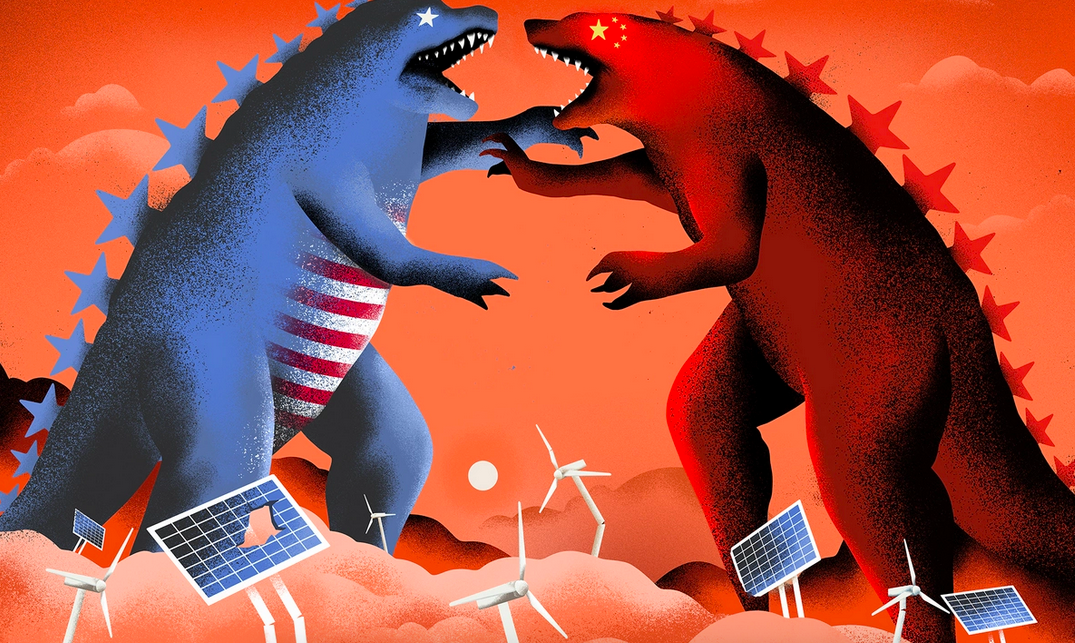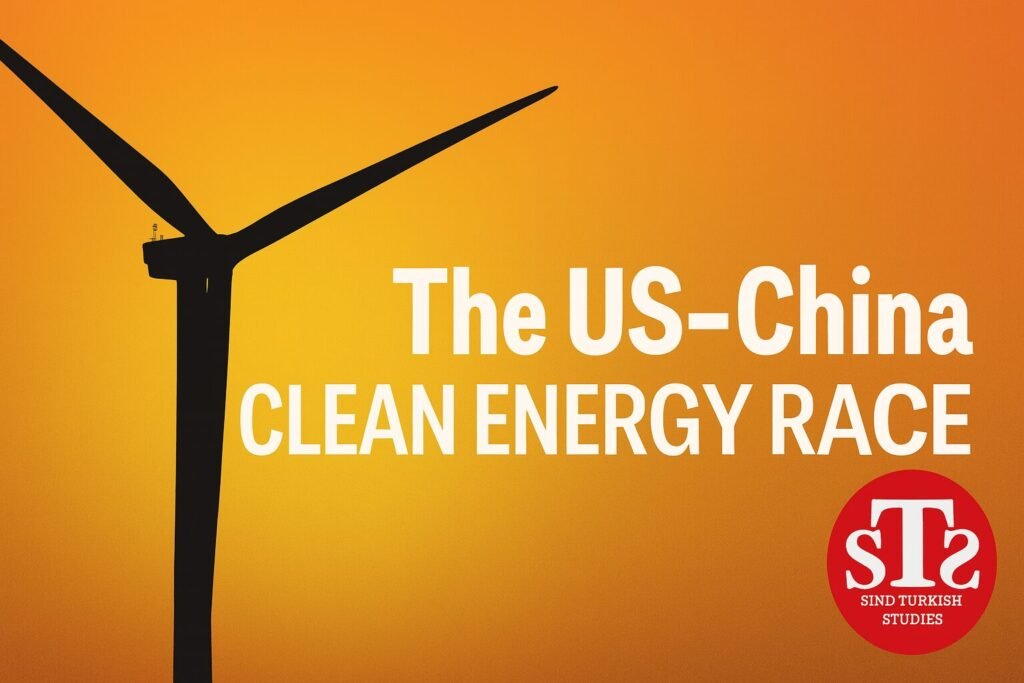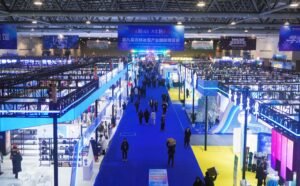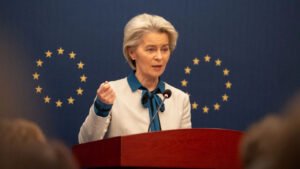🔋 A New Era of Clean Energy Competition
The global clean energy race between the United States and China is accelerating—driven by record-breaking green tech subsidies. With billions flowing into sectors like solar energy, EV batteries, hydrogen technology, and wind power, both superpowers are shaping a new phase of industrial policy.
This is not just a technology race. It’s a geopolitical contest over who will lead the carbon-neutral economy of the future.
💰 Massive Subsidies Reshaping Clean Energy Markets
In 2022, the United States introduced the Inflation Reduction Act (IRA), unlocking over $370 billion in clean energy investments. These incentives—tax credits, grants, and loan guarantees—have already mobilized $150+ billion in private-sector funding across solar farms, hydrogen hubs, and electric vehicle production.
Meanwhile, China has long supported its clean energy sectors through state subsidies and industrial planning. Its dominance in solar module production, rare earth refinement, and EV battery supply chains is the result of sustained strategic investment. As of 2024, China produces over 80% of global solar modules and more than 50% of EV batteries.
🌍 Opportunity and Risk
Lower renewable energy costs, driven by China’s production and U.S. demand-side support, are displacing fossil fuels. This dynamic has accelerated the transition toward a low-carbon economy and made clean energy more competitive than ever.
Yet, this subsidy-driven race comes with significant risks:
- Overproduction & Market Distortion
- China’s scale leads to global price crashes, making it hard for emerging producers in Europe, Southeast Asia, or Latin America to compete.
- While cheap for consumers, this could reduce innovation and create unhealthy dependence on a single supplier.
- Geopolitical Fragmentation
- The U.S. promotes “friend-shoring” and domestic content under the IRA.
- This may exclude Global South countries from participating in clean energy growth unless deliberate partnerships are made.
- Global Inequality in Climate Transition
- Developing nations, which contribute least to emissions but suffer the most from climate change, are sidelined.
- Without technology transfer, climate finance, and capacity-building, the green shift may deepen global inequality.

⚠️ The Political Backlash of Green Industrial Policy
While subsidies trigger investment, they also create political risks:
- Short-term job creation may not meet expectations.
- Energy costs might rise before benefits are visible.
- In democracies, this can lead to populist backlash against climate policy.
✅ From Zero-Sum to Win-Win
To prevent climate nationalism and ensure global decarbonization:
- Cooperation & Competition Can Coexist
- Shared standards, joint R&D, and multilateral platforms like G20 and COP must align industrial policies.
- Focus areas: grid interconnectivity, carbon accounting, green hydrogen certification.
- Empower Developing Economies
- Ensure access to affordable finance, local clean tech production, and South–South innovation networks.
- Industrial policy must include, not exclude.
- Invest in Climate Diplomacy
- Clean energy leadership means building a fair global decarbonization vision, not just installing solar panels.
- Align subsidies with climate justice through stronger global institutions.
🧭 Crossing the Finish Line Together
The US–China clean energy rivalry has re-legitimized industrial policy and helped scale renewables. But it also reveals the risks of a fragmented, unequal green future.
To meet the Paris Agreement goals, subsidies must shift from tools of geopolitical competition to instruments of international cooperation.
This race isn’t about who wins—it’s about whether the world can cross the finish line together, before the climate clock runs out.
🖼 Cover Illustration by Sébastien Thibault for POLITICO
Meta Title:
US–China Clean Energy Race: Subsidies, Green Tech, and the Global Climate ChallengeMeta Description:
Explore how U.S. and China’s clean energy subsidy race is transforming global green tech leadership, climate diplomacy, and the future of carbon neutrality.Keywords:
clean energy race, US China competition, green tech subsidies, Inflation Reduction Act, solar energy, EV batteries, climate leadership, carbon neutrality, technology transfer, climate inequality, industrial policy, Global South, green hydrogen
Abroad Africa AI Beijing Belt & Road BLCU BRICS China chinese CPC CSC Culture Economy education EU Guizhou Kültür Langauge movie Multipolarity Russia scholarship science Shanghai Sino Sino Turkish Sino Turkish Sino Turkish Sino Turkish Sino Turkish Studies Sino Turkish Studies Sino Turkish Studies Sino Turkish Studies space Syria Taiwan Tariff trump Turkiye Türkiye University USA Xinjiang ZJUT Çin





